Experimental Study on Renewable Porous Carbon Dioxide Adsorbent Materials for Space Shuttles
Abstract
:1. Introduction
2. Experimental Section
2.1. Material Characterization
2.2. Experimental Method
2.2.1. CO2 Adsorption in the Solid Amine
2.2.2. Water Adsorption of the Solid Amine
2.2.3. Effective Thermal Conductivity of the Solid Amine
3. Results and Discussion
3.1. The Basic Properties of Adsorbent
3.2. CO2 Adsorption in the Solid Amine
3.3. Water Adsorption in the Solid Amine
3.4. Effective Thermal Conductivity of the Solid Amine
3.4.1. The Effect of Pressure
3.4.2. The Effect of Temperature at Different Atmospheres
3.4.3. The Effect of Humidity on the Effective Thermal Conductivity
4. Conclusions
Author Contributions
Funding
Conflicts of Interest
References
- Satyapal, S.; Filburn, T.; Trela, J.; Strange, J. Performance and properties of a solid amine sorbent for carbon dioxide removal in space life support application. Energy Fuel 2001, 15, 250–255. [Google Scholar] [CrossRef]
- Wang, H.; Qu, Z.G.; Bai, J.Q.; Qi, Y.S. Combined grand canonical Monte Carlo and finite volume method simulation method for investigation of direct air capture of low concentration CO2 by 5A zeolite adsorbent bed. Int. J. Heat Mass Transf. 2018, 126, 1219–1235. [Google Scholar] [CrossRef]
- Wang, H.; Qu, Z.G.; Yin, Y.; Bai, J.Q.; He, C. Prediction of the effective thermal conductivity of an adsorption bed packed with 5A zeolite particles under working conditions. Int. J. Therm. Sci. 2021, 159, 106630. [Google Scholar] [CrossRef]
- Wang, J.T.; Long, D.H.; Zhou, H.H.; Chen, Q.J.; Liu, X.J.; Ling, L.C. Surfactant promoted solid amine sorbents for CO2 capture. Energy Environ. Sci. 2012, 5, 5742. [Google Scholar] [CrossRef]
- Xu, X.C.; Song, C.S.; Andresen, J.M.; Miller, B.G.; Scaroni, A.W. Preparation and characterization of novel CO2 “molecular basket” adsorbents based on polymer-modified mesoporous molecular sieve MCM-41. Microporous Mesoporous Mater. 2003, 62, 29–45. [Google Scholar] [CrossRef]
- Su, F.S.; Lu, C.Y.; Kuo, S.C.; Zeng, W.T. Adsorption of CO2 on amine-functionalized Y-Type zeolites. Energy Fuels 2010, 24, 1441–1448. [Google Scholar] [CrossRef]
- Su, F.S.; Lu, C.Y. CO2 capture from gas stream by zeolite 13X using a dual-column temperature/vacuum swing adsorption. Energy Environ. Sci. 2012, 5, 9021–9027. [Google Scholar] [CrossRef]
- Liu, F.L.; Chen, S.X.; Gao, Y.T.; Xie, Y.F. Synthesis and CO2 adsorption behavior of amine-functionalized porous polystyrene adsorbent. J. Appl. Polym. Sci. 2017, 134, 45046. [Google Scholar] [CrossRef]
- Sanchez-Zambrano, K.S.; Lima Duarte, L.; Maia, D.A.S.; Vilarrasa-Garcia, E.; Bastos-Neto, M.; Rodriguez-Castellon, E.; de Azevedo, D.C.S. CO2 capture with mesoporous silicas modified with amines by double functionalization: Assessment of adsorption/desorption cycles. Materials 2018, 11, 887. [Google Scholar] [CrossRef] [Green Version]
- Ravi, N.; Anuar, S.A.; Yusuf, N.Y.M.; Isahak, W.N.R.W.; Masdar, M.S. Amine-mixed oxide hybrid materials for carbon dioxide adsorption from CO2/H2 mixture. Mater. Res. Express 2018, 5, 055501. [Google Scholar] [CrossRef]
- Panda, D.; Kumar, E.A.; Singh, S.K. Amine modification of binder-containing zeolite 4A bodies for post-combustion CO2 capture. Ind. Eng. Chem. Res. 2019, 58, 5301–5313. [Google Scholar] [CrossRef]
- Fan, Y.F.; Rezaei, F.; Yang, X.M. Mixed Alkanolamine-Polyethylenimine Functionalized Silica for CO2 capture. Energy Technol. 2019, 7, 253–262. [Google Scholar] [CrossRef]
- Kuang, Y.Z.; He, H.; Chen, S.X.; Wu, J.J.; Liu, F.L. Adsorption behavior of CO2 on amine-functionalized polyacrylonitrile fiber. Adsorpt.-J. Int. Adsorpt. Soc. 2019, 25, 693–701. [Google Scholar] [CrossRef]
- Liu, F.L.; Chen, S.X.; Fu, W.H. Synthesis and CO2 Adsorption Behavior of Amine-functionalized Porous Polyacrylonitrile Resin. Acta Polym. Sin. 2018, 7, 886–892. [Google Scholar]
- Liu, F.L.; Chen, S.X.; Gao, Y.T.; Xie, Y.F. CO2 adsorption behavior and kinetics on polyethylenimine modified porous phenolic resin. J. Porous Mater. 2017, 24, 1335–1342. [Google Scholar] [CrossRef]
- Rezaei, F.; Jones, C.W. Stability of Supported Amine Adsorbents to SO2 and NOx in Postcombustion CO2 Capture. 2. Multicomponent Adsorption. Ind. Eng. Chem. Res. 2014, 53, 12103–12110. [Google Scholar] [CrossRef]
- Yilmaz, M.S. Synthesis of novel amine modified hollow mesoporous silica@Mg-Al layered double hydroxide composite and its application in CO2 adsorption. Microporous Mesoporous Mater. 2017, 245, 109–117. [Google Scholar] [CrossRef]
- He, H.; Zhuang, L.Z.; Chen, S.X.; Liu, H.C. Solid amine adsorbent prepared by molecular imprinting and its carbon dioxide adsorption properties. Chem.-Asian J. 2016, 11, 3055–3061. [Google Scholar] [CrossRef]
- Darunte, L.A.; Walton, K.S.; Sholl, D.S.; Jones, C.W. CO2 capture via adsorption in amine-functionalized sorbents. Curr. Opin. Chem. Eng. 2016, 12, 82–90. [Google Scholar] [CrossRef] [Green Version]
- Chang, J.; Hou, C.M.; Wan, D.H.; Zhang, X.L.; Xu, B.; Tian, H.J.; Wang, X.; Guo, Q.J. Enhanced CO2 adsorption capacity of bi-amine co-tethered flue gas desulfurization gypsum with water of hydration. J. CO2 Util. 2020, 35, 115–125. [Google Scholar] [CrossRef]
- Keramati, M.; Ghoreyshi, A.A. Improving CO2 adsorption onto activated carbon through functionalization by chitosan and triethylenetetramine. Phys. E-Low-Dimens. Syst. Nanostructures 2014, 57, 161–168. [Google Scholar] [CrossRef]
- Bae, J.Y. CO2 capture by amine-functionalized mesoporous hollow silica. J. Nanosci. Nanotechnol. 2017, 17, 7418–7422. [Google Scholar] [CrossRef]
- Zhang, G.J.; Zhao, P.Y.; Hao, L.X.; Xu, Y.; Cheng, H.Z. A novel amine double functionalized adsorbent for carbon dioxide capture using original mesoporous silica molecular sieves as support. Sep. Purif. Technol. 2018, 209, 516–527. [Google Scholar] [CrossRef]
- Wang, H.; Qu, Z.G.; Zhang, W.; Zhang, L.Q. A multi-scale porous composite adsorbent withcopper benzene-1, 3, 5-tricarboxylate coating on copper foam. RSC Adv. 2016, 6, 52888–52897. [Google Scholar] [CrossRef]
- Wang, H.; Qu, Z.G.; Yin, Y.; Zhang, J.F.; Ming, P.W. Thermal management for hydrogen charging and discharging in a screened metal-organic framework particle tank. ACS Appl. Mater. Interfaces 2021, 13, 61838–61848. [Google Scholar] [CrossRef]
- Qu, Z.G.; Wang, H.; Zhang, W. Highly efficient adsorbent design using a Cu-BTC/CuO/carbon fiber paper composite for high CH4/N2 selectivity. Rsc Adv. 2017, 7, 14206–14218. [Google Scholar] [CrossRef] [Green Version]
- Wang, H.; Qu, Z.G.; Zhou, L. A GCMC and LBM combined simulation method for CH4 capture in Cu-BTC particle adsorption bed. Int. Commun. Heat Mass Transf. 2017, 88, 48–53. [Google Scholar] [CrossRef]
- Qu, Z.G.; Wang, H.; Zhang, W.; Zhou, L.; Chang, Y.X. Prediction and experimental verification of CO2 adsorption on Ni/DOBDC using a genetic algorithm-back-propagation neural network model. Ind. Eng. Chem. Res. 2014, 53, 12044–12053. [Google Scholar] [CrossRef]
- Wang, H.; Qu, Z.G.; Zhang, W.; Yu, Q.N.; He, Y.L. Experimental and numerical study of CO2 adsorption on copper benzene-1,3,5-tricarboxylate (Cu-BTC) metal organic framework. Int. J. Heat Mass Transf. 2016, 92, 859–863. [Google Scholar] [CrossRef]
- Wang, H.; Qu, Z.G.; Zhang, W.; He, Y.L. Experimental and numerical study of CO2 adsorption on Ni/DOBDC metal-organic framework. Appl. Therm. Eng. 2014, 73, 1501–1509. [Google Scholar] [CrossRef]
- Zhang, H.; Li, M.J.; Fang, W.Z.; Dan, D.; Li, Z.Y.; Tao, W.Q. A numerical study on the theoretical accuracy of film thermal conductivity using transient plane source method. Appl. Therm. Eng. 2014, 72, 62–69. [Google Scholar] [CrossRef]
- Afonso Ru Sardo, M.; Mafra, L.; Gomes, J.B. Unravelling the structure of chemisorbed CO2 species in mesoporous aminosilicas: A critical survey. Environ. Sci. Technol. 2019, 53, 2758–2767. [Google Scholar] [CrossRef]
- Caplow, M. Kinetics of Carbamate Formation and Breakdown. J. Am. Chem. Soc. 1968, 90, 6795–6803. [Google Scholar] [CrossRef]
- Huck, J.M.; Lin, L.C.; Berger, A.H.; Shahrak, M.N.; Martin, R.L.; Bhown, A.S.; Haranczyk, M.; Reuter, K.; Smit, B. Evaluating different classes of porous materials for carbon capture. Environ. Sci. Technol. 2014, 7, 4132–4146. [Google Scholar] [CrossRef]
- Panda, D.; Kumar, E.A.; Singh, S.K. Introducing mesoporosity in zeolite 4A bodies for rapid CO2 capture. J. CO2 Util. 2020, 40, 101223. [Google Scholar] [CrossRef]
- Zhang, H.; Gu, W.; Li, M.J.; Li, Z.Y.; Hu, Z.J.; Tao, W.Q. Experimental study on the kinetics of water vapor sorption on the inner surface of silica nano-porous materials. Int. J. Heat Mass Transf. 2014, 78, 947–959. [Google Scholar] [CrossRef]
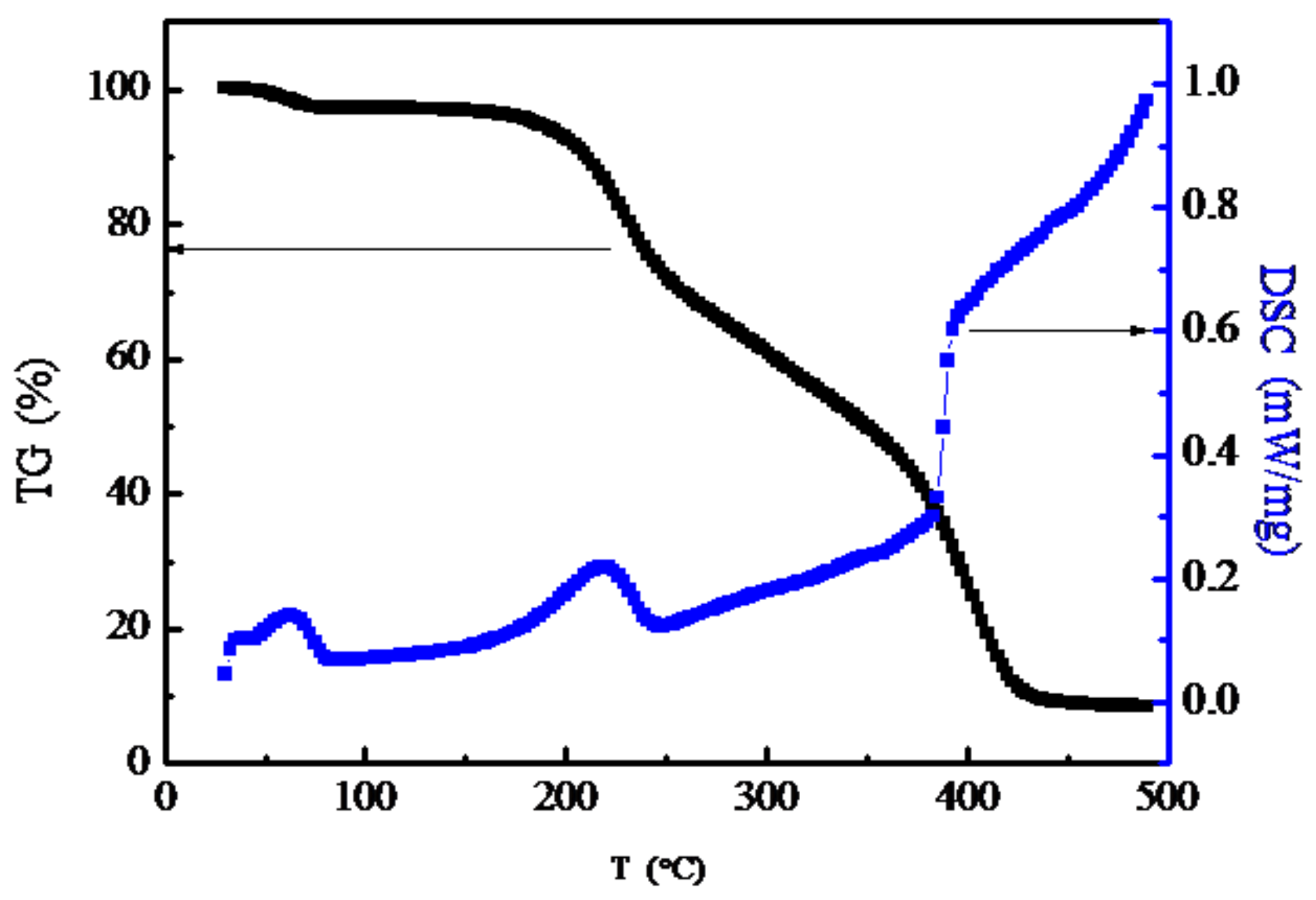
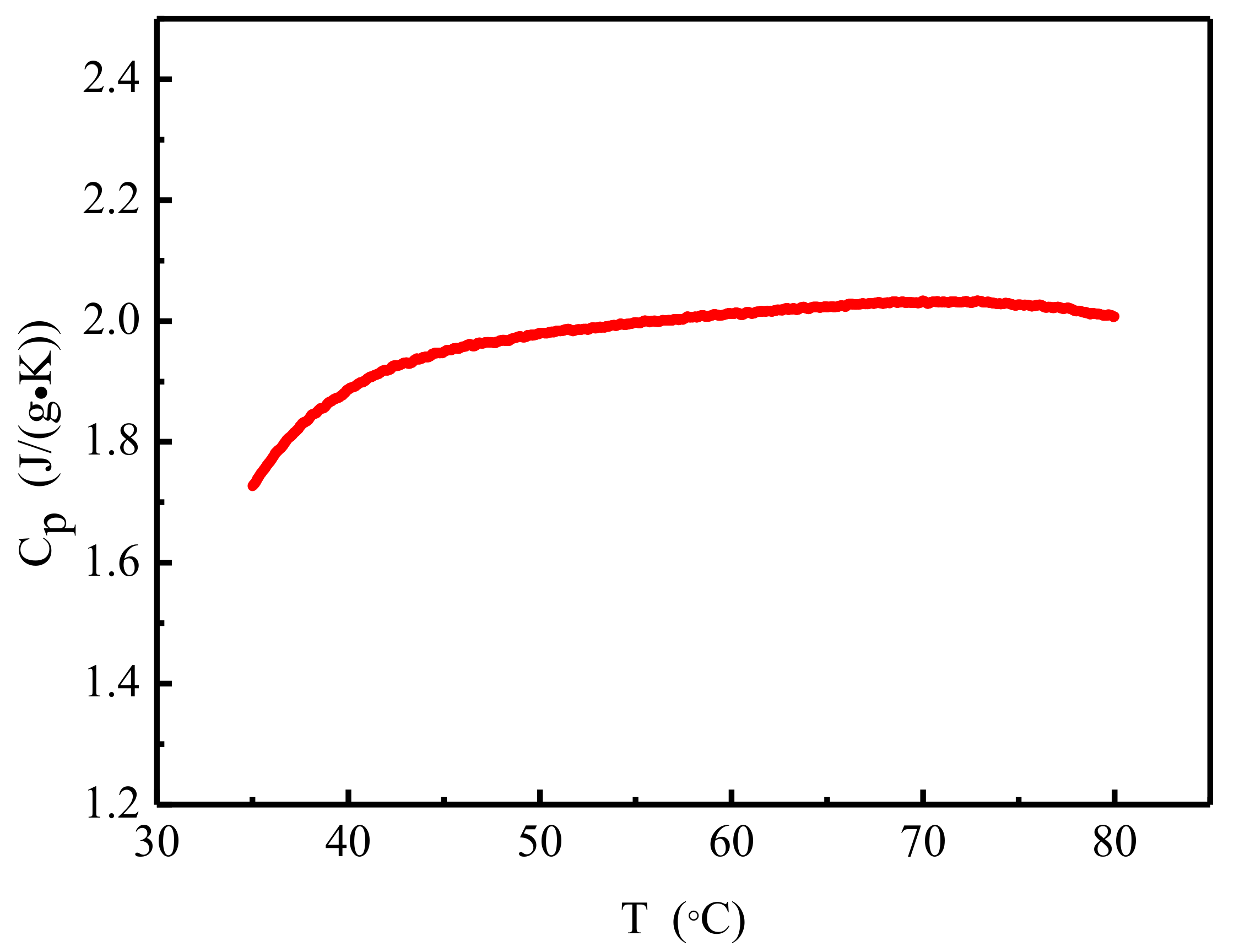
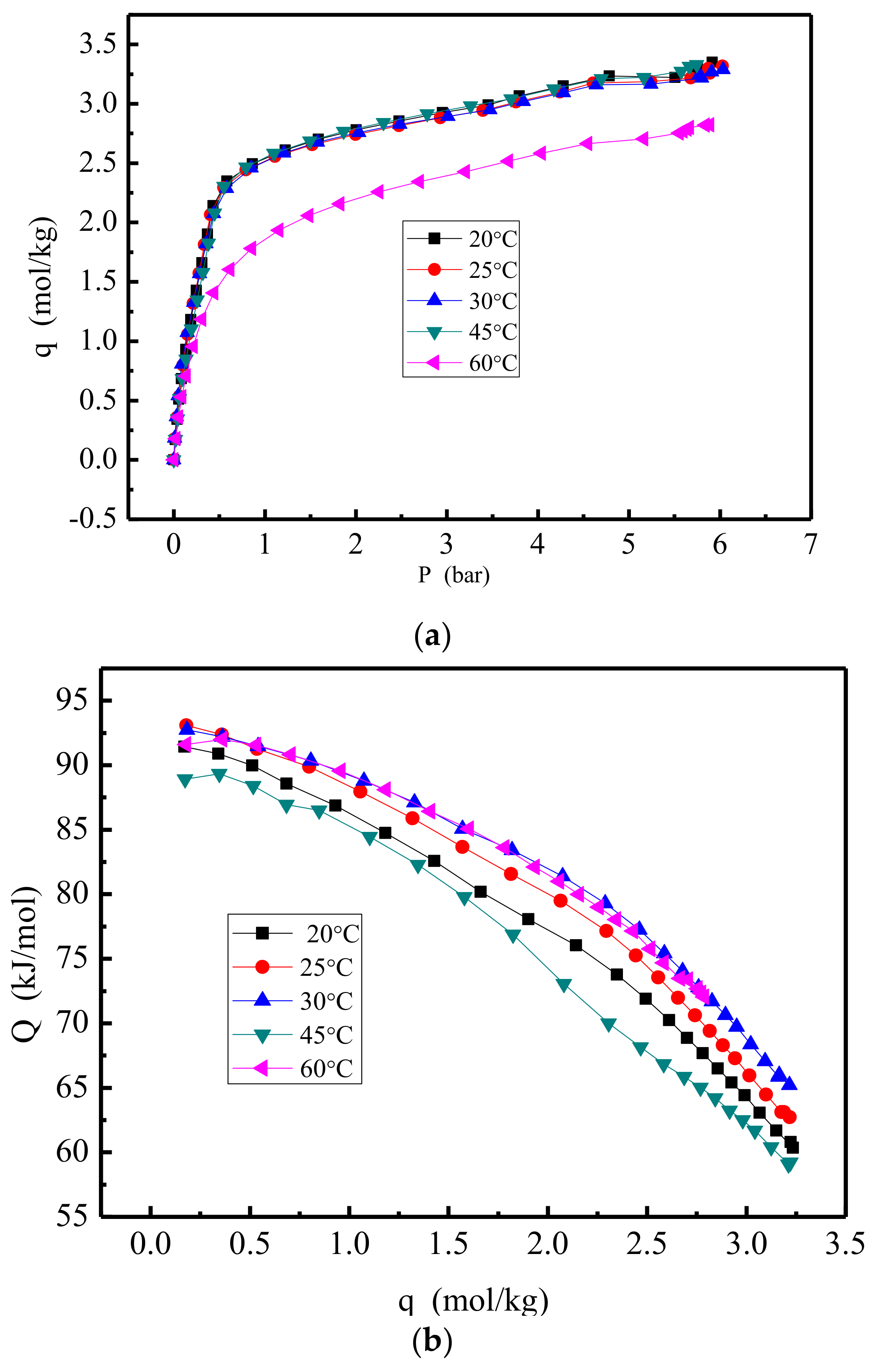


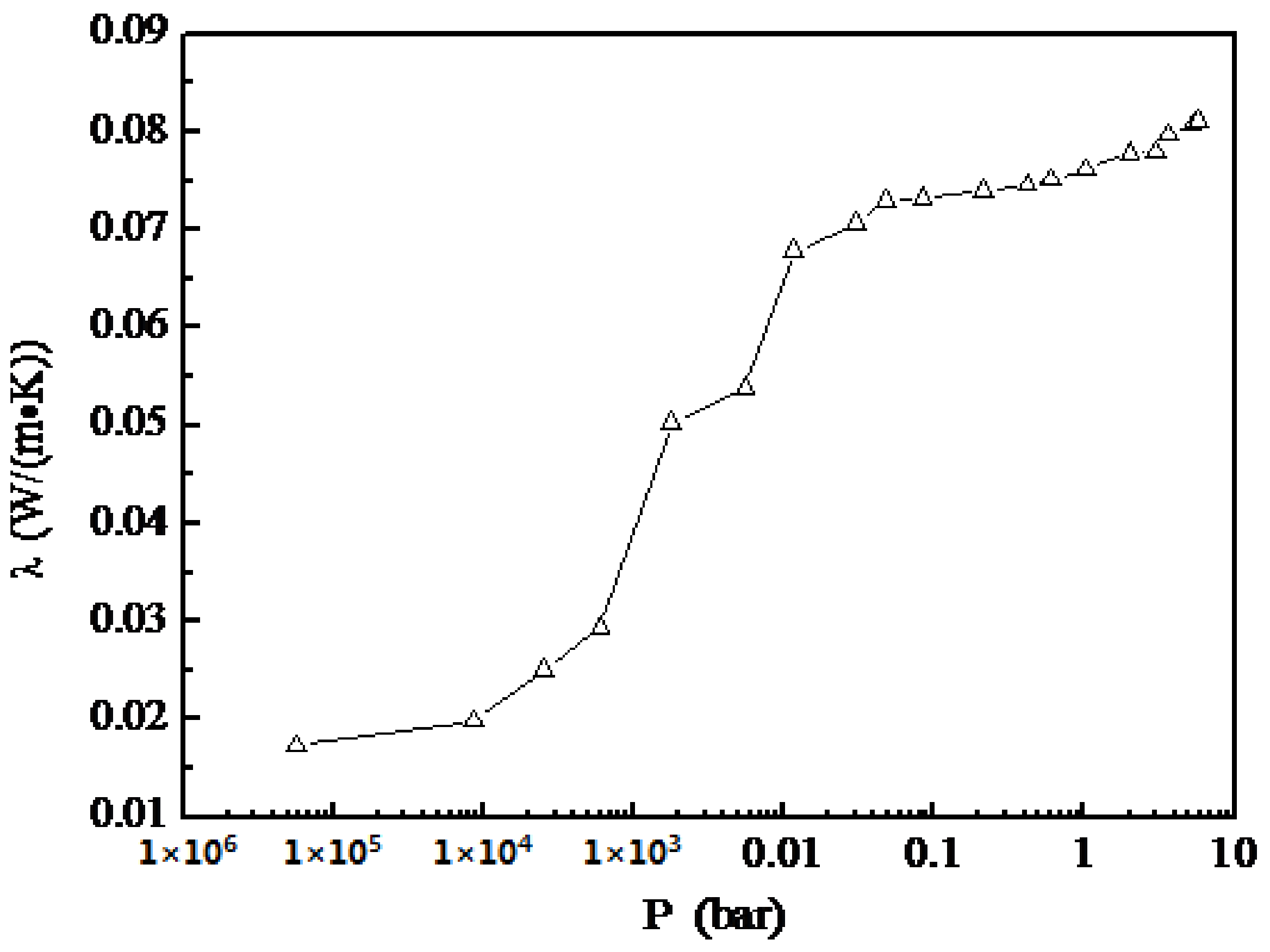
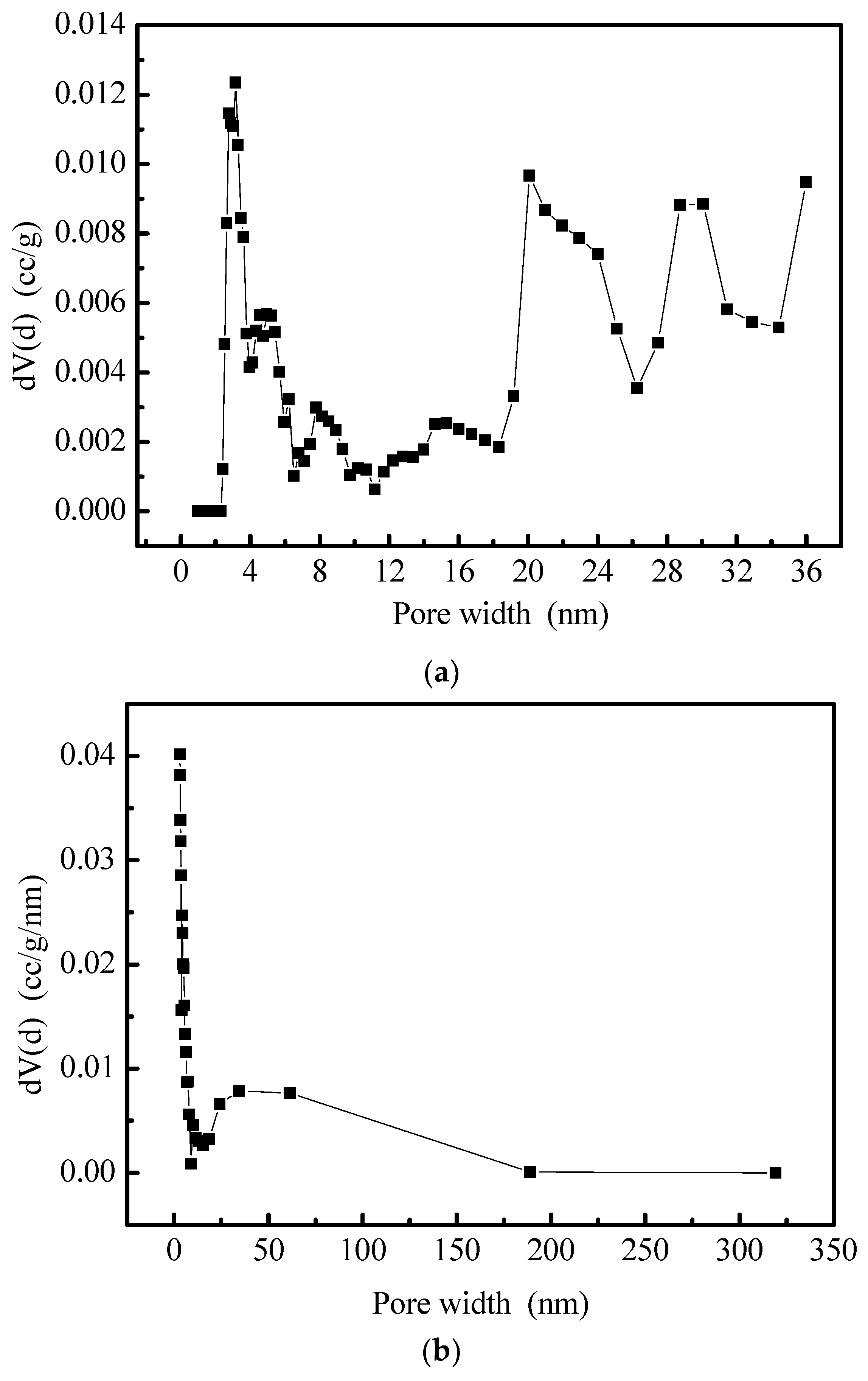
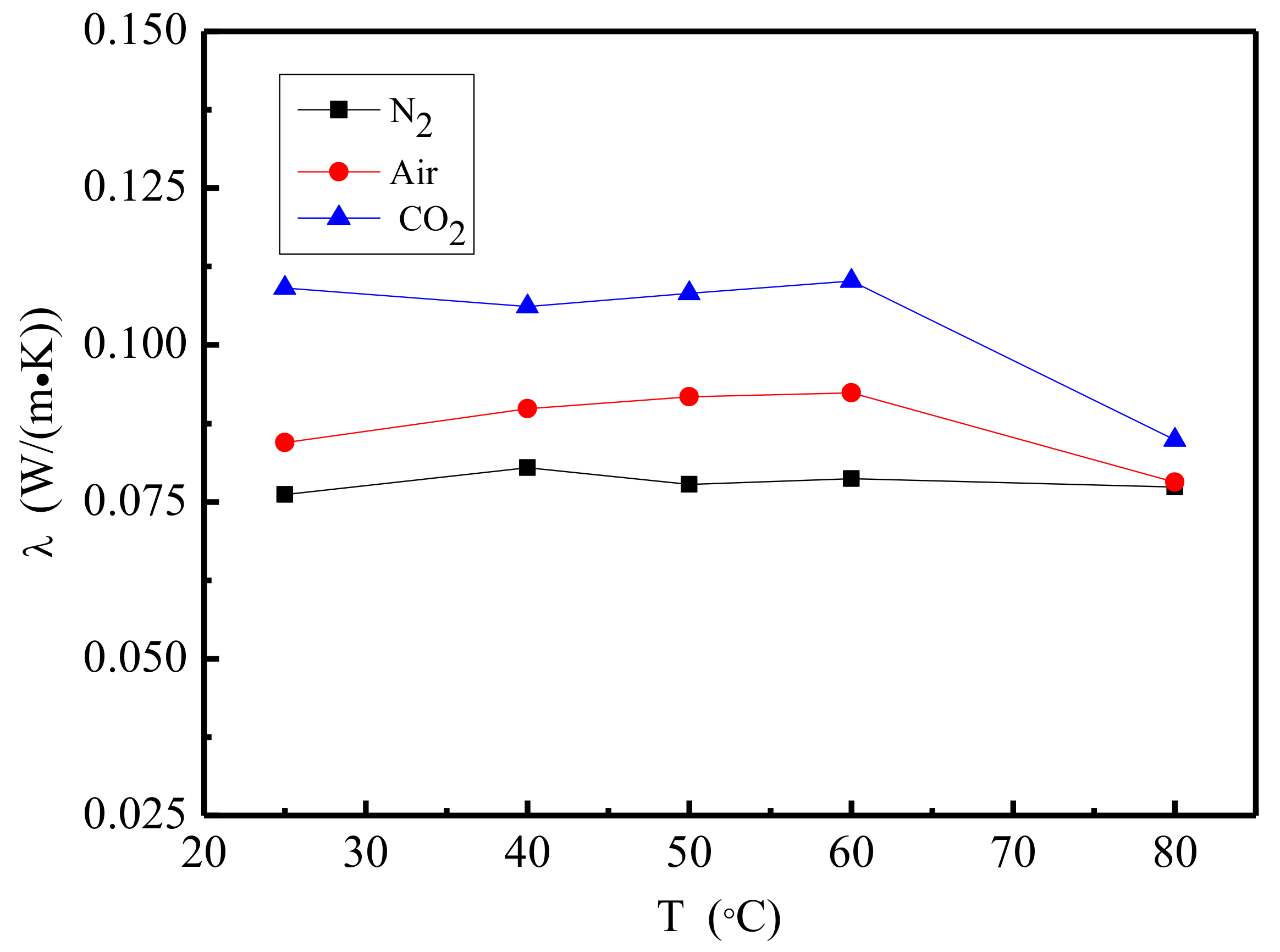
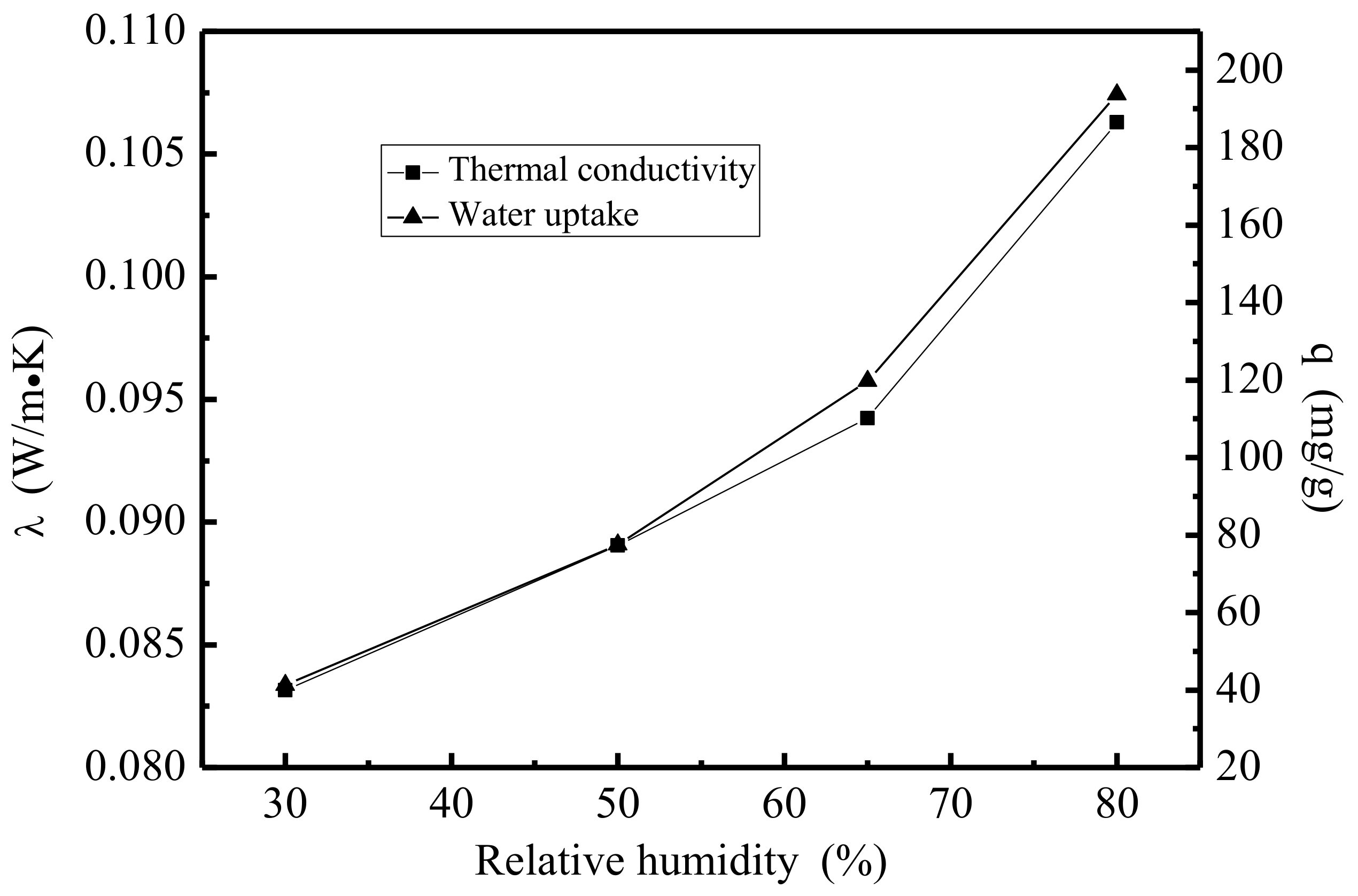
| Adsorbent | Solid Amine |
|---|---|
| Type | Sphere |
| Particle size (cm) | 0.02 |
| Particle density (g∙cm−3) | 0.728 |
| BET (m2.g−1) | 30.37 |
| Pore diameter (nm) | 2.5–40 |
| Micropore volume (cc∙g−1) | 0.167 |
| Parameters | Solid Amine |
|---|---|
| [kJ·(kg K)−1] | 1.90 |
| (K) | 35 |
| (kg·kg−1) | 0.11 |
| (kJ·mol−1) | 74 |
| (g·mol−1) | 44 |
Publisher’s Note: MDPI stays neutral with regard to jurisdictional claims in published maps and institutional affiliations. |
© 2022 by the authors. Licensee MDPI, Basel, Switzerland. This article is an open access article distributed under the terms and conditions of the Creative Commons Attribution (CC BY) license (https://creativecommons.org/licenses/by/4.0/).
Share and Cite
Zhang, C.; Wang, Y.; Liu, T.; Ke, H. Experimental Study on Renewable Porous Carbon Dioxide Adsorbent Materials for Space Shuttles. Energies 2022, 15, 4947. https://doi.org/10.3390/en15144947
Zhang C, Wang Y, Liu T, Ke H. Experimental Study on Renewable Porous Carbon Dioxide Adsorbent Materials for Space Shuttles. Energies. 2022; 15(14):4947. https://doi.org/10.3390/en15144947
Chicago/Turabian StyleZhang, Chun, Yu Wang, Tao Liu, and Hanbing Ke. 2022. "Experimental Study on Renewable Porous Carbon Dioxide Adsorbent Materials for Space Shuttles" Energies 15, no. 14: 4947. https://doi.org/10.3390/en15144947
APA StyleZhang, C., Wang, Y., Liu, T., & Ke, H. (2022). Experimental Study on Renewable Porous Carbon Dioxide Adsorbent Materials for Space Shuttles. Energies, 15(14), 4947. https://doi.org/10.3390/en15144947





